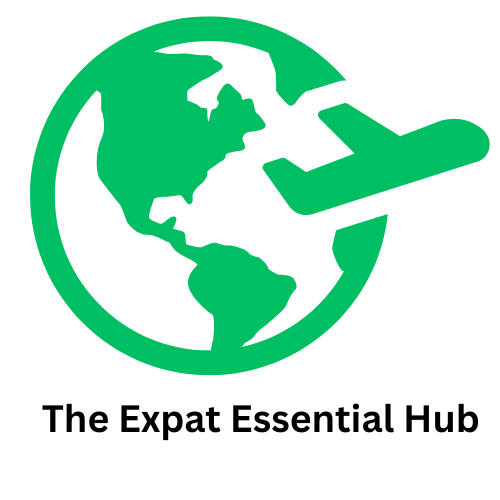
Understanding the Nomad Visa and Its Benefits
In January 2023, Spain introduced the Nomad Visa, a game-changer for many overseas workers looking to balance work and leisure in one of Europe's vibrant cultures. This visa not only allows professionals to work remotely from Spain without the hassle of registering in the local Social Security system, but it also opens doors to explore a new lifestyle amidst breathtaking scenery and rich traditions. For baby boomers contemplating retirement or semi-retirement abroad, the Nomad Visa presents an attractive opportunity to enjoy their golden years in sunnier climates while maintaining their professional engagements.
What is the A-1 Certificate?
Essentially, the A-1 certificate acts as a passport for social security legislation. This document certifies that a worker is subject to the social security regulations of their home country even when they are physically present in another European Union (EU) or European Economic Area (EEA) country. As a digital nomad, obtaining an A-1 certificate is crucial in avoiding double social security contributions, which can be a significant financial burden, especially for retirees and professionals on a fixed income.
The Legal Framework: Regulation 883/2004
This regulation is vital for those seeking to understand their rights and responsibilities while working in different European countries. Regulation 883/2004 coordinates social security systems across member states, facilitating safe and legal mobility for workers. It ensures that those working in another EU/EEA country can maintain their social security benefits without the need to contribute to the local system, thereby safeguarding their financial interests while providing them with the freedom to work internationally.
Who Should Apply for an A-1 Certificate?
The application for an A-1 certificate is not just limited to traditional workers; freelancers, remote employees, and retirees performing services for clients in various EU countries are also eligible. For baby boomers, this means that digital nomads can enjoy working fewer hours while still accessing pension benefits from their home country. Additionally, understanding the submission process for the A-1 certificate is essential for maintaining compliance and enjoying the advantages provided by the Nomad Visa.
Challenges for Third-Country Workers
While citizens of EU/EEA member states enjoy a streamlined process, workers from non-EU countries face more complex scenarios. Each case must be individually assessed, leading to potential legal intricacies and different requirements based on the worker's country of origin. It is advisable for international remote workers from third countries to consult legal experts specializing in immigration and labor laws for personalized guidance.
The Future of Remote Work: Trends to Watch
The introduction of the Nomad Visa signifies a broader trend in the global workforce. As companies increasingly embrace remote work, more nations will likely adopt similar frameworks to attract international talent. Baby boomers considering this lifestyle change should monitor emerging countries with favorable policies, potential tax benefits, and lifestyle offerings aligned with their preferences. Understanding these trends will empower individuals to make informed decisions about their locations for both work and relaxation.
Conclusion: Seizing Opportunities Abroad
Whether retired or still engaged in professional work, the Nomad Visa and the A-1 certificate present incredible opportunities for international remote posted workers looking to live and thrive in a new environment. Staying informed about the regulations and requirements is essential for making the most of this unique opportunity. If you have questions regarding this topic, exploring resources and consulting experts will provide you with clarity and direction.
 Add Row
Add Row  Add
Add 




Write A Comment